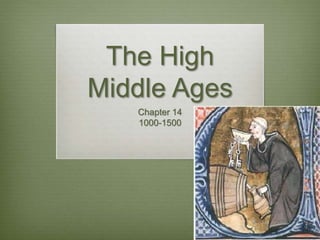The document provides details about the Crusades between 1000-1500 CE. It explains that the Crusades were holy missions launched by the Pope to retake the Holy Land from the Turks and liberate Christian sites. Thousands of knights and soldiers from Europe united under Christianity and attacked Muslim and Jewish populations in Turkey and Jerusalem in order to gain land for Christians. The Crusades had major impacts such as the persecution of Jews and Muslims, increased European economic development through trade, and gains in power for kings and popes.

















































































